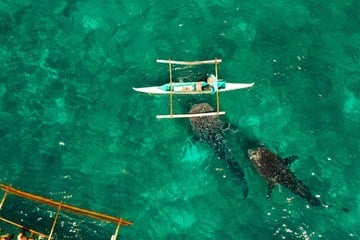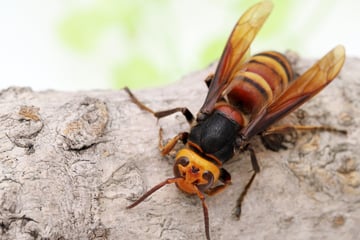What is the most poisonous jellyfish: The box jellyfish or irukandji?
At a fraction of an inch across, the most poisonous jellyfish in the world will kill you in seconds, with little to no hope of survival. What makes this tiny creature so shockingly dangerous?
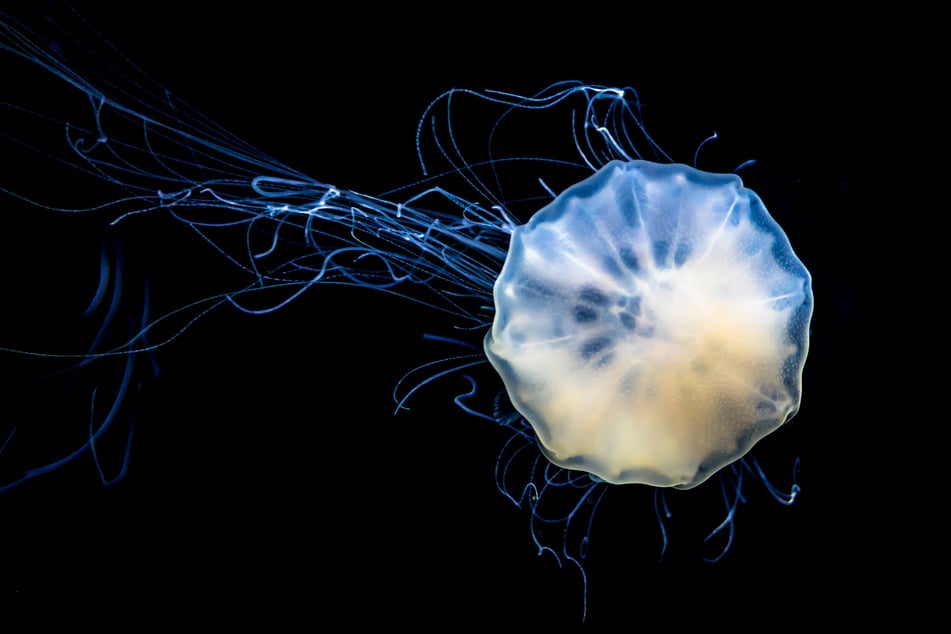
Millions of years old and frighteningly deadly, the most poisonous jellyfish is a blubbery dinosaur that can kill you before you even know what's happening. They are some of the scariest and most dangerous creatures in the world, yet remain relatively unknown.
So, what jellyfish holds the animal world record for being the most poisonous? Is it the box jellyfish or does the fearsome Irukandji take top spot?
Let's take a look at the most poisonous jellyfish in the world.
What is the most poisonous jelly fish in the world?
The most poisonous jellyfish in the world is a tiny creature known as the Irukandji. Capable of killing in milliseconds, they are some of the most feared creatures in history – and a long history they've had!
For more than 500 million years, the Irukandji have floated along the shores and reefs of northern Australia, up the coast of Queensland and around the cape. They're tiny – so small that you wouldn't be able to see them in the water – but their sting brings death.
With venom described as being "100 times more potent than a cobra and 1000 times more potent than a tarantula", these tiny creatures are not only the most poisonous jellyfish in the world, but the most venomous animal to have ever existed.
There is some good news, though, because while the Irukandji is the most poisonous jellyfish, it is not the most dangerous. The chances of being stung are extremely low, and exceedingly rare. What presents more of a danger, though, is the box jellyfish.
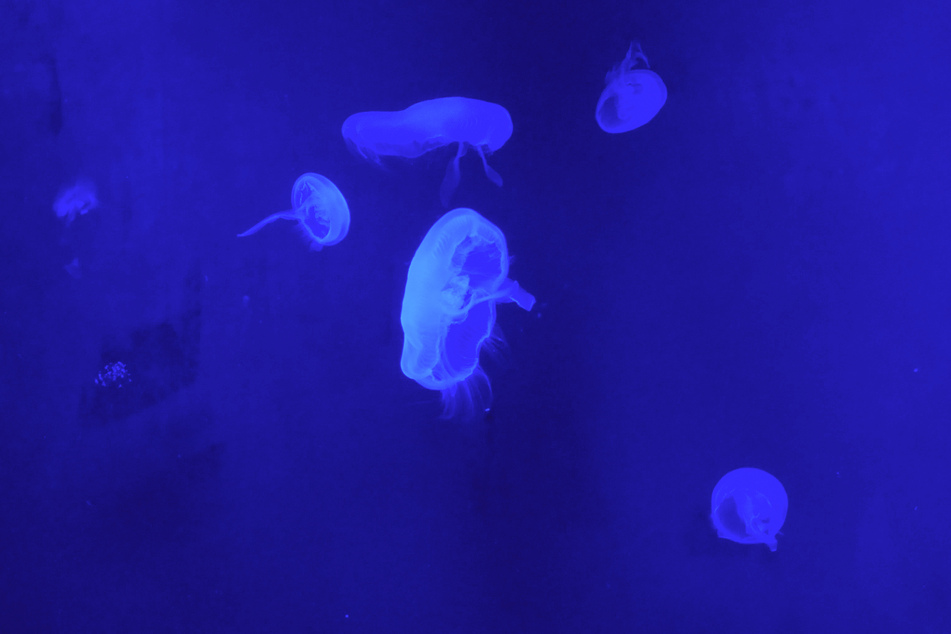
Irukandji jellyfish size and characteristics
The irukandji jellyfish is so deadly that it could kill almost any animal in mere seconds, but they are extremely rare and extremely small, making them not nearly as dangerous as they sound. That in mind, it's a good idea to get a bit of background information about them.
Here's what you need to know about irukandji jellyfish:
- Name: Irukandji Jellyfish | Malo Kingi (Common Kingslayer)
- Habitat: Northern coast of Australia
- Behavior: Floats through the water, attacks by launching stingers at their victim
- Food: Actively hunt prey, primarily zooplankton
- Size: Bodies up to 0.2 inches, tentacles up to two feet
These frightening fellows were named after the area they were first discovered in, and the indigenous people who live upon that land – the Irukandji people of the Djabugay nation. They also lend their namesake to the syndrome brought on by attacks from these jellyfish.
Irukandji syndrome is caused by a very small amount of venom being injected, causing severe and painful muscle cramps in the arms and legs, as well as a variety of symptoms that include – but are not limited to – burning, nausea, vomiting, and death. Higher concentration are instantly lethal when injected.
Box jellyfish: How poisonous are they and how many box jellyfish deaths per year?
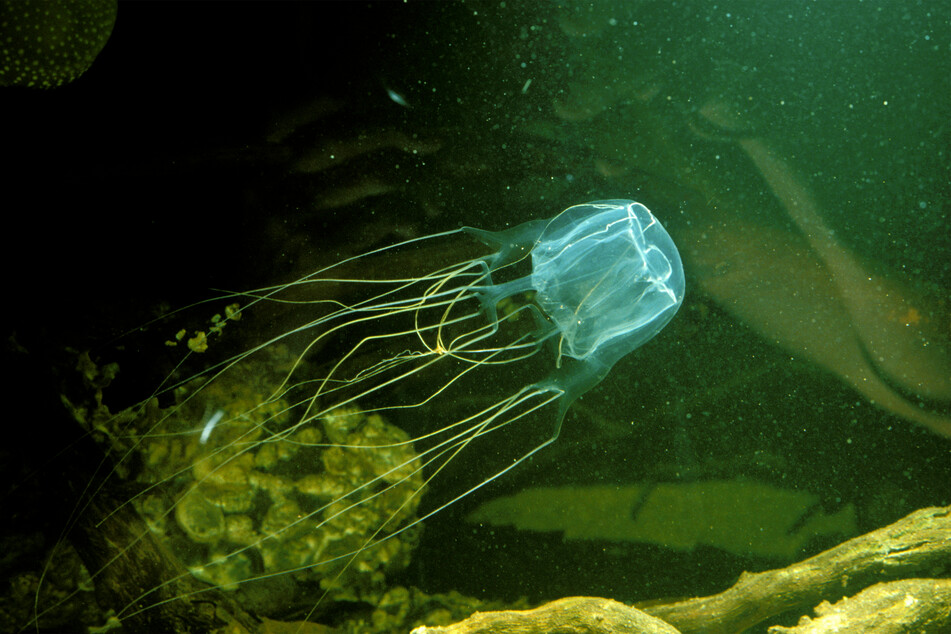
Often considered both the most venomous animal in the world and the most poisonous jellyfish, the box jellyfish is extremely dangerous and extremely lethal. While its venom is not as potent or powerful as that of the Irukandji, this is a far more common and far more dangerous creature.
Often living up to a year, weighing more than 4 pounds, and with tentacles that can reach tens of feet in length (and are almost invisible underwater), the sting of a box jellyfish will quickly cause heart failure. Most people die from going into shock and then drowning after being stung, others will suffer cardiac arrest as they desperately try to swim back to the surface.
They take their name from the box-like shape their bodies take on, which are often luminous in the dark of the deep. Also mostly found off the northern coast of Australia, they pose a risk right across the Indo-Pacific.
The box jellyfish is so deadly that they generally kill around one hundred people every year. That makes 10 times more dangerous than sharks, which only kill around 10 people annually. It's no surprise, either – they are venomous and incredibly hard to see.
The most poisonous jellyfish is absolutely terrifying
Imagine going for a lovely swim at the height of summer, covered head-to-toe in a wetsuit just to be safe. You're diving a good distance underwater, enjoying the Great Barrier Reef in all of its glory. In but a moment everything goes from bright and beautiful to black and numb.
A jellyfish smaller than your thumb is to blame, not that you'll ever know. There is something uniquely terrifying about the Irukandji, creatures so tiny and translucent that they're all-but invisible underwater. While a box jellyfish will also kill you, at least you can perceive the danger and try to escape.
On the other hand, if you don't know it's coming than your last moments on earth won't be as terrifying. It's kind of hard to know what's worse, to be honest!
Cover photo: 123RF/grafxart

